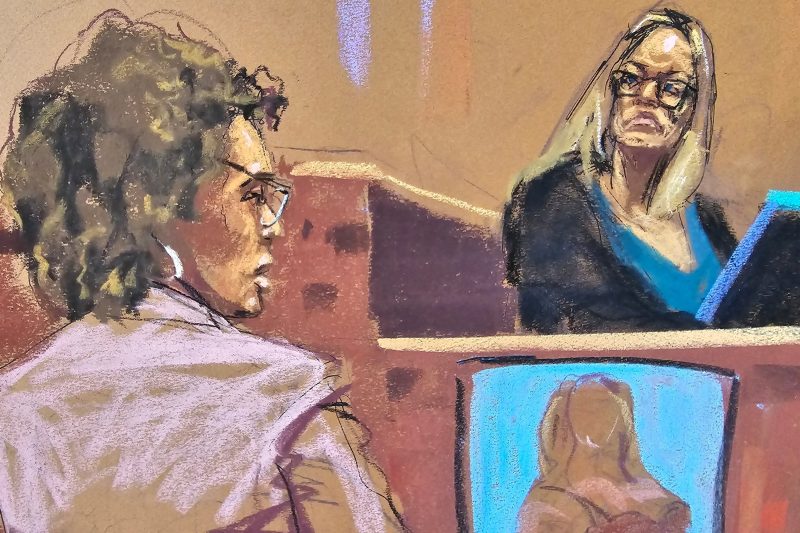In a recent legal battle between former President Donald Trump’s lawyers and adult film actress Stormy Daniels, several TV moments were utilized to question the credibility of Daniels’ claims. The high-profile case, which stems from Daniels’ allegations of an affair with Trump in 2006, has garnered significant media attention and sparked debates over truth and accountability in the public eye.
One of the key TV moments that Trump’s lawyers highlighted was a 2011 interview Daniels gave to In Touch magazine, where she described details of the alleged affair in vivid and explicit terms. The lawyers argued that Daniels’ willingness to speak candidly about the affair for monetary gain contradicted her later claims of being pressured into silence by Trump’s associates.
Additionally, Trump’s legal team pointed to Daniels’ appearances on talk shows and reality TV programs as evidence of her willingness to capitalize on the alleged affair for personal fame and financial gain. By drawing attention to Daniels’ media presence and public statements, the lawyers sought to undermine her credibility and portray her as a opportunistic individual with a history of seeking the spotlight.
Furthermore, the lawyers highlighted inconsistencies in Daniels’ statements and behavior, citing instances where she provided conflicting accounts of the alleged affair or displayed erratic behavior in public appearances. By emphasizing these contradictions, Trump’s legal team aimed to cast doubt on the veracity of Daniels’ claims and sow seeds of uncertainty in the minds of the judge and jury.
Despite the efforts of Trump’s lawyers to discredit Daniels through TV moments and media appearances, the case remains complex and multifaceted, with legal, ethical, and moral implications that extend beyond the realm of celebrity gossip. The use of TV moments as evidence in a high-profile legal dispute underscores the evolving nature of public discourse and the challenges of navigating truth and perception in an era of media saturation and instant communication.
As the legal proceedings continue and the public awaits a resolution, the case of Stormy Daniels vs. Donald Trump serves as a reminder of the power and pitfalls of media exposure, celebrity culture, and personal integrity in shaping public narratives and influencing legal outcomes. In a society where reality TV and political theater often intersect, the line between fact and fiction, truth and perception, remains blurred, challenging us to scrutinize our own biases and assumptions in the pursuit of justice and accountability.
